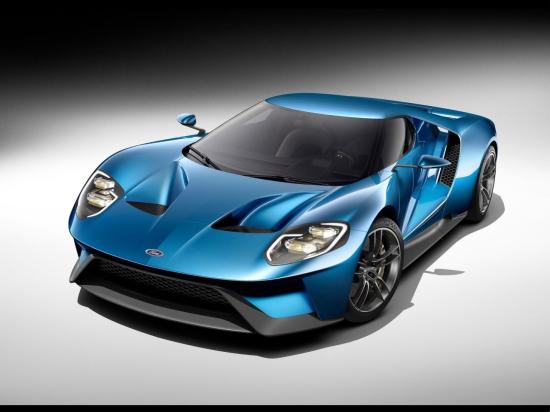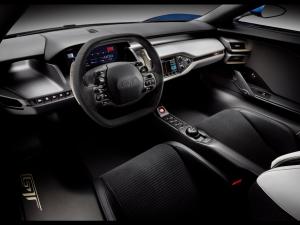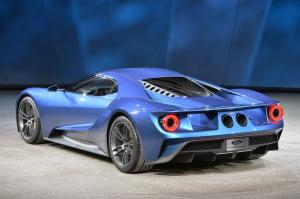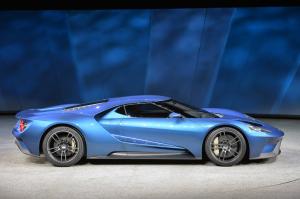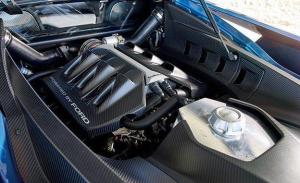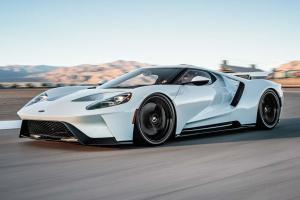The Ford GT's acceleration is the exact reason why engine inertia is important. If this car had produced the same power and even the same torque out of a larger engine — say, a 5.0-liter V-8 — that peak torque would start very early in the range. The problem with the EcoBoost engine is that it can't handle that much power and torque without a huge turbocharger, and that's what decreases the engine inertia and makes the car unstable. There is no replacement for displacement even when it comes to supercharging and turbocharging.
The previous Ford GT had a 5.4L supercharged V-8 and that car is not only already equally as fast as this one, but it makes more than the advertised 550 hp (only underrated so that it wouldn't officially touch the established Hypercar Big 3 of the time — CGT, McF1, and Enzo).
Disclosure: Drag coefficient, frontal area, and curb weight figures are estimates of my own; not copied from manufacturers or independent tests.
2005 Ford GT
Drag coefficient: 0.338 Cd
Frontal area: 19.40 sq. ft. (x1.2 for mirrors and ground clearance)
Curb weight: 3492 lb (+165 lb for driver)
Top speed: 211.89 mph (verified @Nardo)
= 545 rwhp (rounded up)
2017 Ford GT
Drag coefficient: 0.310 Cd
Frontal area: 19.63 sq. ft. (x1.2 for mirrors and ground clearance)
Curb weight: 3313 lb (+165 lb for driver)
Top speed: 213.xx mph (verified @JBPG; rounded up to 214 mph regardless)
= 520 rwhp (rounded up)
